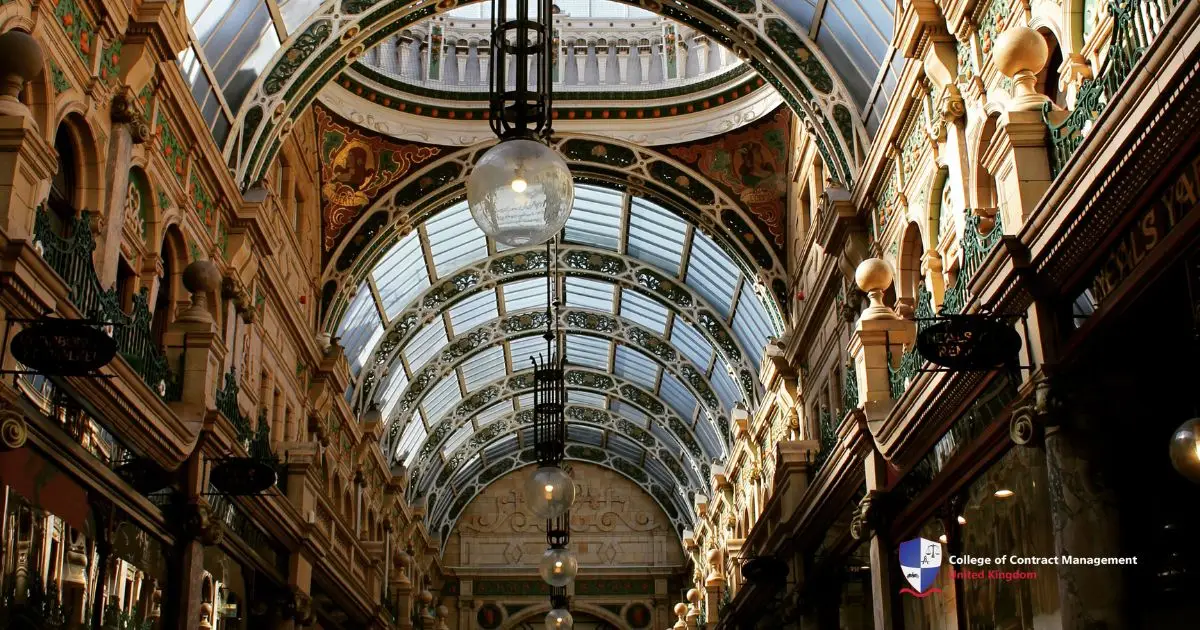Famous Structures as World Heritage Sites
The UK boasts an impressive array of famous structures as World Heritage Sites. From Wiltshire’s ancient Stonehenge and Avebury to the iconic Tower of London and Durham Castle, these landmarks highlight Britain’s rich history and cultural depth. Moreover, exploring other UNESCO sites like Westminster’s Abbey and St, Margaret’s Church helps preserve and appreciate the country’s heritage.
UNESCO’s Criteria for Selection
A World Heritage Site is a landmark recognised by the United Nations Educational, Scientific and Cultural Organisation or UNESCO. These famous structures and sites have been chosen for their cultural or natural significance. They are deemed worthy of preservation due to their universal value to humanity, in the present and for the future generation.
To be included in the World Heritage List, sites must demonstrate outstanding universal value and meet at least one of the ten selection criteria. The Operational Guidelines for the World Heritage Convention outline this criteria and serve as a key management tool of UNESCO. Previously, there were six cultural and four natural criteria, but now there is a unified set of ten. This update ensures the selection process aligns with the current World Heritage understanding.
Selection criteria include representing human creative genius, showcasing significant cultural developments, and serving as notable examples of architecture and technology. They also cover traditional settlements, associations with major events, and exceptional natural beauty.
Additionally, the selection criteria look into important stages of the earth’s history and significant ecological processes evident on these famous structures and sites.
UK’s Famous Structures as World Heritage Sites
Famous Structure #1: Stonehenge, Avebury and Associated Sites
Stonehenge and Avebury, situated in Wilshire, are some of the most famous megalithic sites in the world. Stonehenge boasts a complex architectural layout with large stones in an intricate circular formation. Avebury, the largest prehistoric stone circle, showcases impressive scale and complexity. Both sites, along with nearby Neolithic and Bronze Age monuments, provide crucial insights into prehistoric rituals and burial practices.
Why These Famous Structures Qualify as a World Heritage Site
Stonehenge and Avebury meet several of the World Heritage criteria. Stonehenge’s unique design and engineering, including its use of Bluestones and Sarsens and managing very large henges, demonstrates creative achievements. Avebury and Silbury Hill likewise stand as monumental structures that are skillfully engineered. These iconic landmarks are exceptional examples of construction evolution that dates back 2,000 years. Moreover, these structures serve as proof of how the alignment and interrelationship of these sites reveal an organised prehistoric society. These sites allow us to explore the technological skills applied in their funerary and ceremonial practises.
UK Government’s Conservation and Development Efforts to These Famous Structure
The UK government safeguards these sites through the 1990 Planning Act and the 1979 Ancient Monuments and Archaeological Areas Act to ensure preservation. Furthermore, local and national policies, such as the National Planning Policy Framework, guide conservation efforts. The Wiltshire Core Strategy ensures protection from inappropriate development. Additionally, conservation groups like English Heritage, National Trust, Royal Society for the Protection of Birds, and Natural England manage portions of the site.
Famous Structure # 2: Tower of London
The Tower of London, founded by William the Conqueror in 1066, exemplifies Norman military architecture. Positioned strategically on the Thames, it served as both a fortress and as a symbol of power. The White Tower, the core structure, remains the most intact example of 11th-century military architecture in Europe. Over the centuries, the Tower evolved into a royal palace and played a role in the repository of documents and the royal wardrobe. In contrast, it has also witnessed the imprisonment and execution of past monarchs, as well as the reformation of both Catholics and Protestants.
Why This Famous Structure Qualify as a World Heritage Site
The Tower of London meets several criteria for Outstanding Universal value. It highlights the peak of Norman architecture, with the White Tower’s advanced design as a key example. This site marks a key moment in military construction, with later additions showing improvements in castle design. Moreover, the Tower’s role as a symbol of royal authority, as well as significant historical events, further highlights the site’s exceptional importance. It had also been an example of a continuously developing royal complex from the 11th to the 16th century.
UK Government’s Conservation and Development Efforts to this Famous Structure
The UK Government ensured the Tower’s protection initially through the Ancient Monuments and Archaeological Areas Act 1979 and the Planning (Listed Buildings and Conservation Areas) Act 1990. Subsequently, it goes through the UK Spatial Planning system under the provisions of the Town and Country Planning Act 1990 and the Planning and Compulsory Purchase Act 2004. On the other hand, strategic policies in the National Planning Policy Framework and local planning documents safeguard its World Heritage Status. The London Plan and local Borough’s Development Plans include regulations on how to protect the Tower’s setting and historical views. Moreover, regular reviews and local setting studies aim to preserve this iconic architecture’s outstanding universal value amid modern development pressure.
Famous Structure #3: Durham Castle and Cathedral
Durham Castle and Cathedral, built between the late 11th and early 12th Century, stand as iconic examples of Norman architecture. Durham Cathedral, constructed to house the relics of St. Cuthbert and the Venerable Bede, showcases the innovative vaulting architecture that paved the way for the Gothic building movement in England. Adjacent to the Cathedral, Durham Castle was a stronghold for the Prince-Bishops of Durham, reflecting their religious and secular power. The site, positioned on a bend in the River Wear, offered natural protection and visibility.
Why These Famous Structures Qualify as a World Heritage Site
The site is important for its innovative architecture and dramatic cathedral and castle. It also shows medieval power through its defences and archaeology. Relics of Saints Cuthbert and Bede highlight its long history of worship and learning. It also represents Norman's power and the conquest of Britain.
Government’s Conservation and Development Efforts
The UK Government protects Durham Castle and Cathedral through the Planning (Listed Buildings and Conservation Areas) Act 1990 and the 1979 Ancient Monuments and Archaeological Areas Act for the sites’ individual buildings, monuments, gardens, and landscapes. Next, it goes through the UK Spatial Planning system under the provisions of the Town and Country Planning Acts. The National Planning Policy Framework and local planning documents guide the conservation efforts. These famous structures are part of the Durham City Centre Conservation Area, listed as Grade 1. The Coordinating Committee responsible for the World Heritage Site Management Plan of the site ensures its integrity and setting.
Famous Structure # 4: Palace of Westminster and Westminster Abbey including Saint Margaret’s Church
Perhaps considered one of the most famous structures in Europe, the Palace of Westminster, rebuilt in 1840, is a classic example of Neo-Gothic architecture. It stands on the site of significant medieval remains, including Westminster Abbey and the church of Saint Margaret. Westminster Abbey, a historic coronation site since the 11th century, and the church of Saint Margaret, in perpendicular Gothic Style, add to the site’s historical and symbolic significance. The iconic shape of the ensemble defines its identity, and the sound of “Big Ben” highlights the recognition of this famous structure.
Why These Famous Structures Qualify as a World Heritage Site
These sites reflect the long history of the British Monarchy and the parliamentary system of the country. Westminster Abbey showcases various stages of English Gothic art and inspired the designs of the palace. The Palace of Westminster demonstrates the grandeur of the British constitutional monarchy and the bicameral system. St Margaret’s church has been the parish church for the palace and the House of Commons since 1614.
Government’s Conservation and Development Efforts
The UK government protects these sites through the Planning (Listed Buildings and Conservation Areas) Act of 1990 and the 1979 Ancient Monuments and Archaeological Areas Act for the sites’ individual buildings, monuments, and landscapes. Then it goes through the UK Spatial Planning System under the Town and Country Planning Acts. Moreover, the sites within the property are protected as Listed Buildings and Scheduled Ancient Monuments. The sites have conservation plans made up of a comprehensive conservation maintenance regime based on regular inspection programmes.
These UK famous structures that have been chosen as World Heritage Sites exemplify the British evolution of architectural styles. These historic structures showcase past architectural advancements and their enduring influence on contemporary designs, reflecting timeless relevance and innovation. In a nutshell, UNESCO’s recognition of these sites promotes global awareness of how enduring historical structures foster the importance of protecting cultural heritage.
For insights into architectural and cultural developments, visit the College of Contract Management UK website today.





